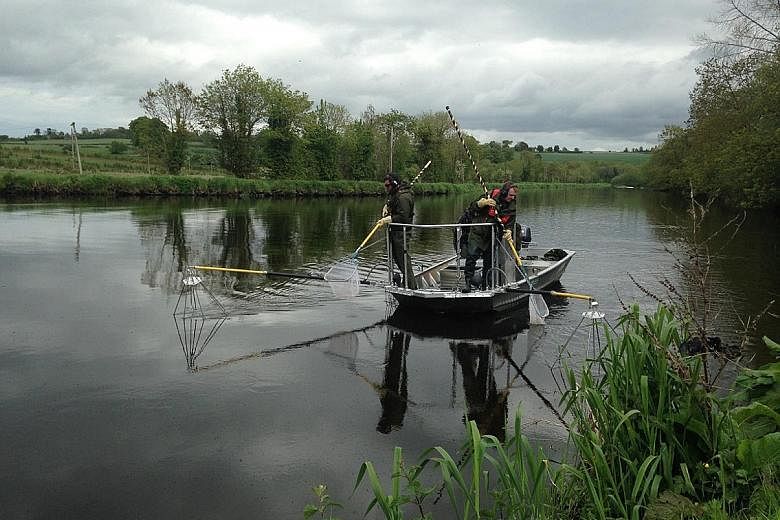ITALY • Rivers in Europe are under threat because a lack of adequate regulations or controls has led to an increase in small barriers, such as dams or dykes, and created problems.
Around 90 per cent of the barriers are less than 5m long, but they damage fish stocks by preventing their migration. Salmon and eels, for instance, have practically disappeared from some European waterways because of the obstacles they encounter.
"River basins are a precious resource on every continent, but a large number of badly managed human interventions have produced damaging changes, not only to the waterways but also to the surrounding ecosystems.
"These are a source of environmental problems rather than benefits offered by nature," said Dr Andrea Castelletti of the Department of Electronics, Information and Bioengineering at the Polytechnic University of Milan.
The issue motivated him to start the Amber (Adaptive Management of Barriers in European Rivers) project two years ago.
"The main goal," said Dr Castelletti, "is to make an inventory of small barriers and create a database with which to plan future actions."
He is the leader of the Italian group taking part in the project, alongside partners from 10 other European countries.
In general, barriers are built to raise river levels, produce hydroelectric energy or form flood detention basins.
But they cause coastline retreat and the inland movement of saltwater intrusion - when saltwater moves into freshwater aquifers.
These barriers also reduce the availability of water for agriculture.
The project, which received a funding of €6 million (S$9 million), has hit the halfway point.
Anyone with a mobile phone can contribute to the researchers' work by taking photos and sending them to the Amber project group via a mobile app available on its website called Barrier Tracking.

